The current energy Landscape In NSW.
In the current energy landscape, where 76.3% of global energy consumption stems from fossil fuels, the environmental repercussions are increasingly evident. An alarming example is the pervasive impact of fossil fuel dependence on air quality, affecting 91% of the world’s population living in areas exceeding World Health Organization air quality guidelines. However, amid these challenges, a hopeful transition is unfolding—an irreversible shift toward renewable energy.
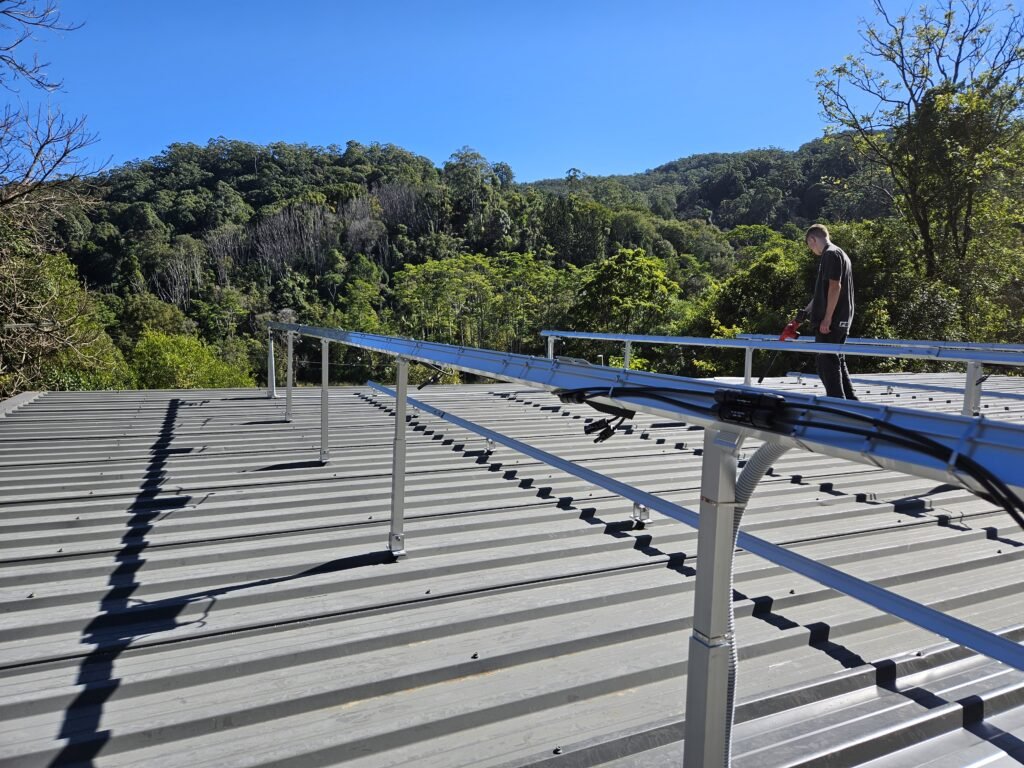
Table of Contents
Understanding Renewable Energy.

At its essence, renewable energy is a lifeline derived from nature’s abundance. From the photonic embrace of the sun to the rhythmic dance of wind, flowing water, Earth’s inner heat, and organic materials, an array of renewable sources awaits our exploration.
Real-World Example: The Solar Impulse Project: The Solar Impulse project, led by Bertrand Piccard and André Borschberg, circumnavigated the globe using only solar energy, showcasing the potential of renewable energy in long-distance aviation.
The Role of Renewable Energy Companies.
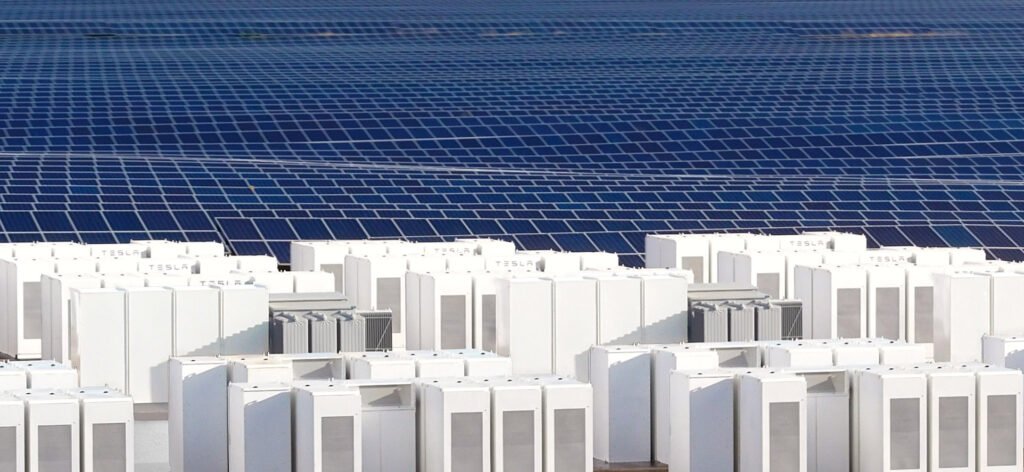
As the importance of renewable energy grows, companies play a pivotal role in ushering in this clean energy era. They act as catalysts for change, driving innovation, and shaping the energy transition landscape.
Real-World Example: Tesla’s Impact: Tesla, beyond electric cars, plays a key role in renewable energy with innovations in solar energy and energy storage.
Leading Renewable Energy Projects and Initiatives.

In the realm of renewable energy, projects and initiatives stand as beacons of progress, showcasing the transformative potential of clean energy solutions. From innovative installations to groundbreaking ideas, these endeavors illuminate the path toward a sustainable future.
Real-World Example: Az-tech’s Off-Grid Solar Solutions: Az-tech Renewable Energy Solutions provides tailored off-grid solar solutions, empowering individuals and businesses to achieve energy independence.
Policies and Incentives Driving Renewable Energy Adoption.

The transition to renewable energy is not just a matter of technological advancements; it’s also steered by policies and incentives. Governments worldwide play a crucial role in fostering an environment conducive to sustainable energy practices.
Real-World Example: California’s Solar Initiative: California’s initiative offers incentives and rebates to promote solar energy adoption, contributing to the state’s clean energy goals.
Off-Grid Power Systems: Empowering Independence and Sustainability.
In the pursuit of energy independence, off-grid power systems emerge as a powerful solution. Defined by their ability to operate autonomously, these systems cater to a range of energy needs, from residential setups to agricultural applications and commercial installations.
Real-World Example: Josh from Terania Creek saw the resilience of our energy system first hand. Beyond cost savings, it provided peace of mind during the 2022 Northern NSW floods, keeping essential appliances running for two weeks amid power and communication outages. Our micro-grid ensured uninterrupted access to fridges, freezer, water pump, and internet, offering reliability in challenging times.
Applications of Off-Grid Power Systems.
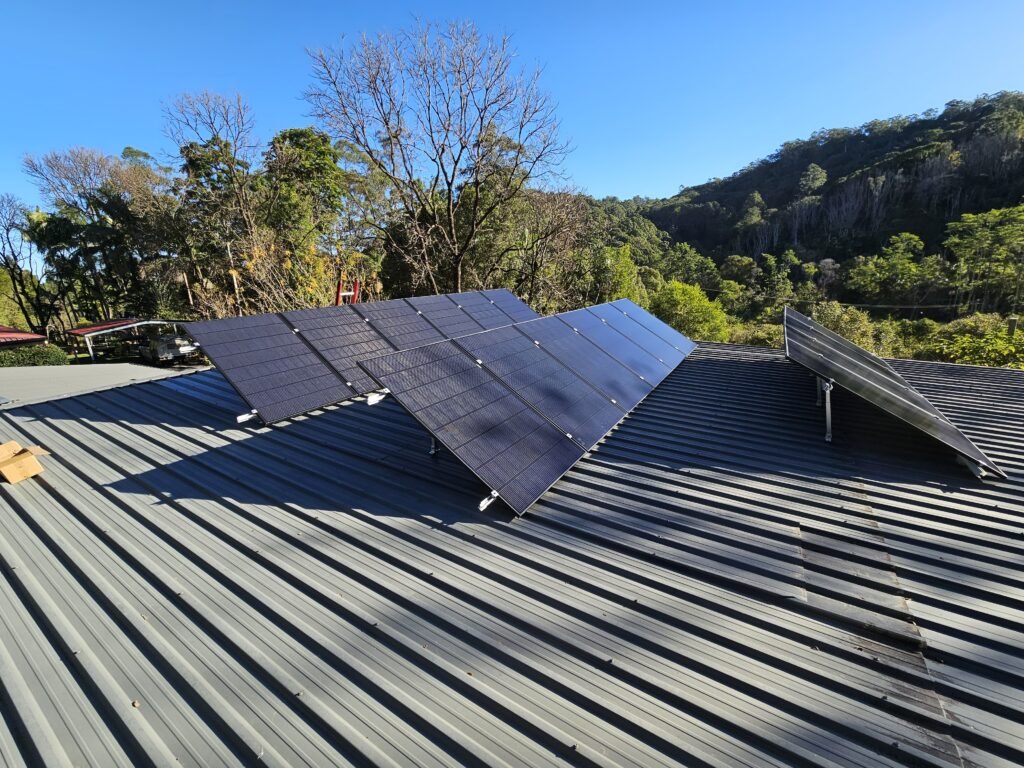
The versatility of off-grid power systems extends across various domains. Residential setups, agricultural applications, and commercial installations all find tailored solutions in off-grid systems.
Off-Grid Power Systems in Australia.
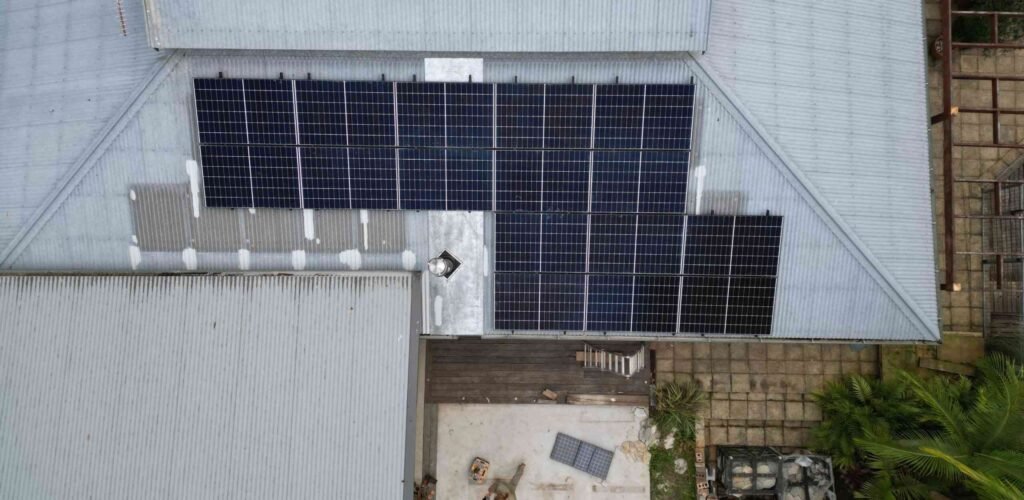
Australia, with its expansive landscapes and rural regions, has witnessed a significant growth in off-grid power systems. The adoption of these systems has not only brought energy independence to remote areas but has also showcased the adaptability of off-grid solutions in various Australian settings.
Real-World Example: Josh from Terania Creek saw the resilience of our energy system first hand. Beyond cost savings, it provided peace of mind during the 2022 Northern NSW floods, keeping essential appliances running for two weeks amid power and communication outages. Our micro-grid ensured uninterrupted access to fridges, freezer, water pump, and internet, offering reliability in challenging times.
Challenges and Considerations for Off-Grid Systems.
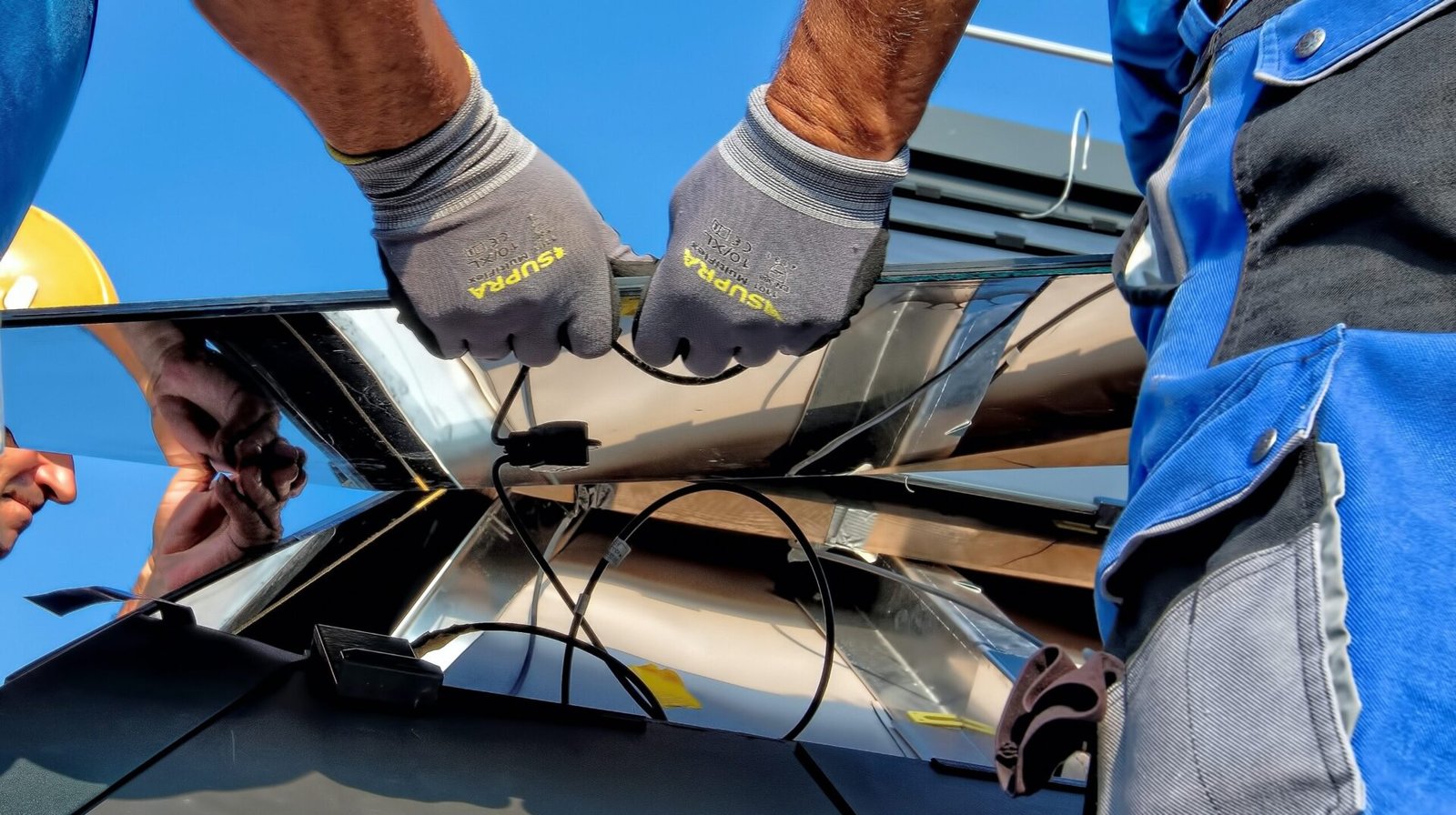
While the benefits of off-grid power systems are evident, it’s crucial to address challenges and considerations. Understanding the limitations and potential barriers is essential for making informed decisions when considering the transition to off-grid living.
Renewable Energy Advancements.
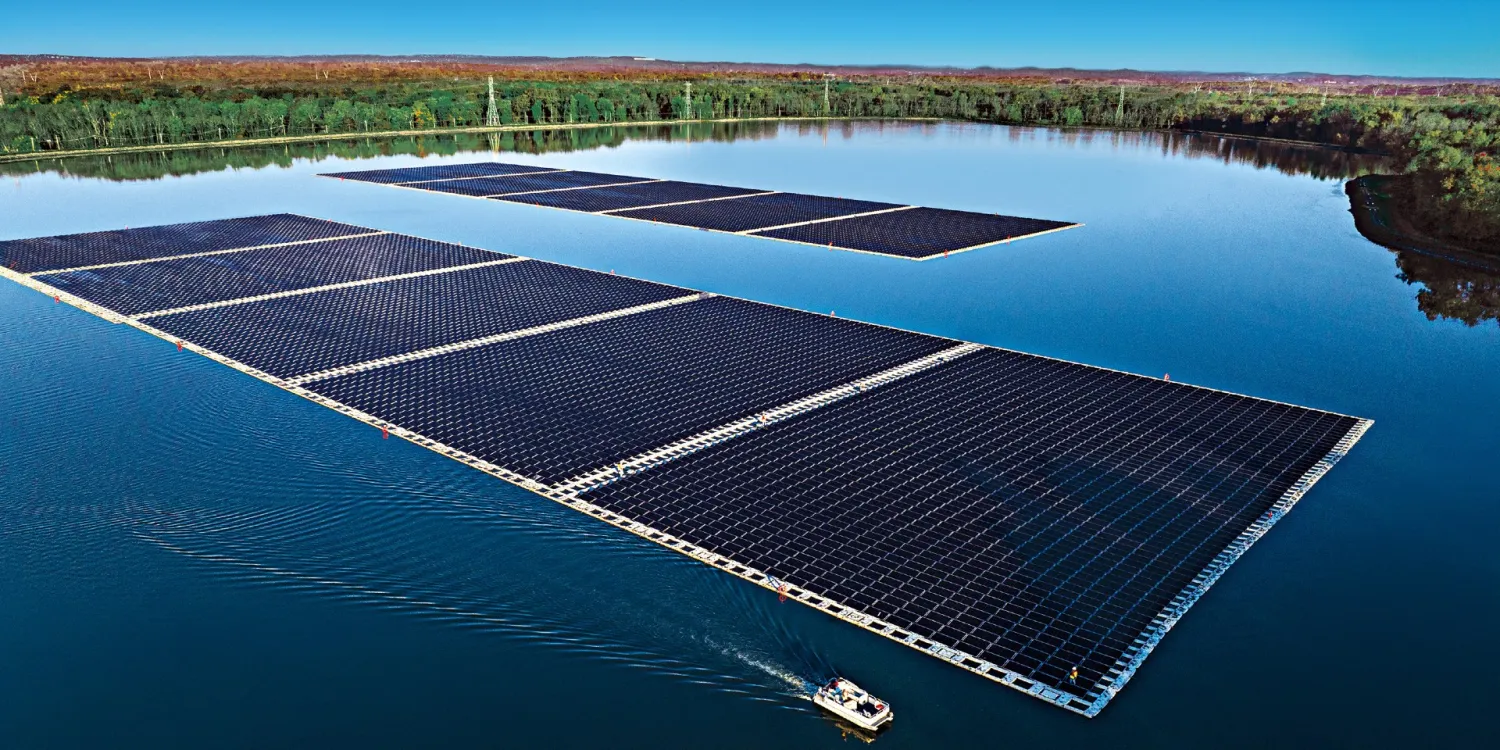
In the ever-evolving landscape of renewable energy, advancements in technology play a pivotal role. From innovative solar panel designs to more efficient wind turbines, these breakthroughs propel the industry forward, making clean energy solutions increasingly accessible and effective.
Real-World Example: Floating Solar Farms: The largest floating solar farm in North America is officially online representing an innovative advancement in sustainability, utilizing water surfaces for solar energy production.
Energy Storage Solutions.

As renewable energy generation fluctuates, reliable storage solutions become integral. Batteries and other storage technologies ensure a steady and consistent power supply, addressing one of the key challenges of intermittent renewable sources.
Real-World Example: Tesla’s Powerpack Projects: Tesla’s Powerpack projects provide large-scale energy storage solutions to South Australia, contributing to grid stability and reducing reliance on non-renewable sources.
In Conclusion.

Ultimately, the path towards a sustainable and environmentally friendly future is a collective effort. Informed choices, comprehensive policies, and a commitment to cleaner energy sources form the foundation of this transformative journey.
As we step into this renewable energy revolution, each decision, big or small, contributes to a brighter and more sustainable tomorrow. Let us embrace the possibilities, overcome the challenges, and collectively pave the way for a future where clean and renewable energy makes fossil fuels obsolete.
If you have any lingering questions, need further guidance, or are ready to embark on your clean energy journey, Az-tech Renewable Energy Solutions is here to support and guide you. Together, let’s create a future powered by sustainable and eco-friendly energy sources.
Frequently Asked Questions
Solar energy is one of the most prevalent and widely adopted forms of renewable energy globally.
Geothermal energy taps into the Earth’s internal heat, converting it into a sustainable energy source.
Yes, by significantly reducing greenhouse gas emissions, renewable energy plays a crucial role in mitigating climate change.
Renewable energy minimizes environmental impact by relying on sources that naturally replenish, ensuring long-term sustainability.
Renewable energy companies drive the transition by developing and implementing sustainable solutions, influencing market dynamics and consumer choices.
No, these companies often engage in various aspects, including energy storage, distribution, and providing energy-efficient technologies.
Successful projects often integrate cutting-edge technologies, consider environmental impact, and demonstrate long-term viability.
Individuals can support initiatives through awareness, advocacy, and, in some cases, participating in community-driven renewable energy projects.
Policies may include financial incentives, renewable energy targets, and regulatory frameworks that favor clean energy development.
Yes, various countries offer incentives such as tax credits and rebates for residential renewable energy adoption.
Off-grid systems are highly scalable, catering to a wide range of energy needs. Residential setups, agricultural applications, and even commercial installations can benefit from the flexibility and scalability of off-grid power solutions.
Incentives such as government grants, rebates, and programs like the Regional Renewable Energy Fund in NSW encourage the adoption of off-grid power systems.
Off-grid power systems are increasingly common in Australia, especially in remote and rural areas where connecting to the main power grid is challenging.
In some cases, hybrid systems that integrate both off-grid and grid-tied components can provide a balanced solution, ensuring continuous power supply.
Challenges include high initial setup costs, limited energy storage capacity, and the need for regular maintenance in some cases.
In some cases, hybrid systems that integrate both off-grid and grid-tied components can provide a balanced solution, ensuring continuous power supply.
Energy storage allows for the capture and utilization of excess energy during peak generation, ensuring a stable power supply even when renewable sources are not actively producing.
Yes, ongoing research focuses on improving battery technologies, exploring new materials, and enhancing storage capacity.

Experience the Power of Biogas: Get Your FREE Energy System Estimate Today!
Ready to jump into your energy story? Let’s have a chat, explore your dreams, and kick-start your journey to a cleaner, brighter tomorrow. Get in touch with us today and request your Zero Risk, No Obligation Estimate at no cost!
Related Posts
Is Renewable Energy Actually Renewable? Exploring Sustainability and Off-Grid Living in Lismore, New South Wales, Australia
The only off-grid solar guide you’ll ever need! Is renewable energy truly sustainable? In the heart of Australia, specifically Lismore,
Mastering Off-Grid Living with a Power System: A Guide from Sydney to Lismore
The only off-grid solar guide you’ll ever need! Embracing energy independence has become a paramount goal in the current energy

Harnessing off grid power systems in your daily life: An Essential Guide
As more Australians seek clean, independent energy solutions, off-grid solar power systems are increasing in popularity across the country.
